Drylands
Conservation programme
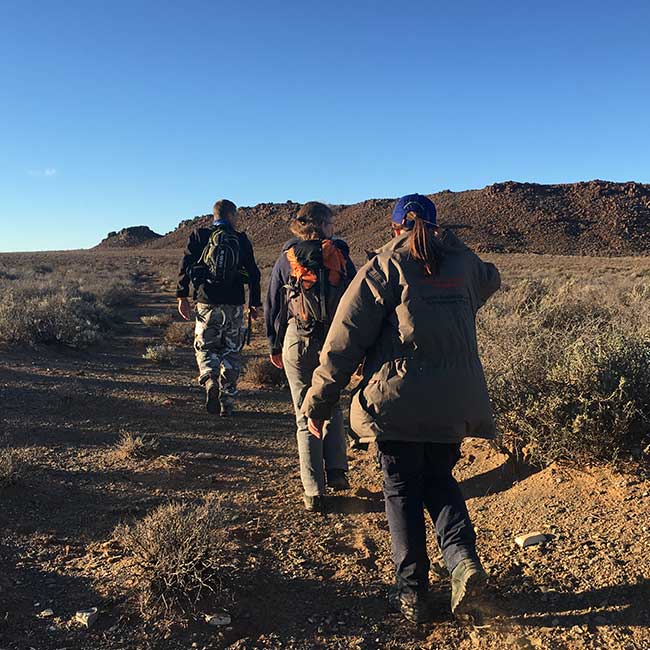
Conserving Drylands
What are drylands?
The vast interior region of South Africa, spreading to the west coast, is classified as semi-arid drylands and includes the well-known Karoo region, covering approximately 400,000 km². Drylands are characterised by water scarcity, low and erratic rainfall, heatwaves, and occasional floods. Early explorers on the way to the Highveld unanimously denounced the interior region as a foreboding place of great heat, frosts, floods, and droughts. Despite this, they support a dazzling array of some of the hardiest animals and plants, including many endemic species (occurring nowhere else on Earth).
This rangeland, covering approximately 60% of South Africa, has been negatively impacted by human activities, leading to degradation across the landscape. Drylands are fragile ecosystems and vulnerable to overgrazing and unsustainable developments that alter their ecology or transform them. Dryland soils are easily eroded by wind and water and have low fertility (due to the low content of organic matter in the topsoil). In addition, the impacts of climate change on the region are predicted to affect the ability of the natural resources to sustainably support livelihoods and may accelerate degradation.
Sustainable land management must be implemented to protect the fragile environment and promote ecosystem resilience and livelihoods. The drylands are home to some of the world’s most elusive and fascinating species. Whether you have a passion for the drylands, conservation, agriculture, or ideally all three, please join us on this journey to conserve this unique region.
5
species
4
biomes
4
pack members

Why should we conserve drylands?
Drylands are of critical ecological importance globally. They support extensive rangeland farming, which, if carried out sustainably, is compatible with a landscape unsuitable for many other uses. Certain regions of South Africa’s drylands, such as the Succulent Karoo, have extraordinarily high plant endemism. There are more than 6,350 vascular plant species in this internationally recognised biodiversity hotspot, with nearly 2,440 (40%) endemic. The unique plant life and habitat diversity also support an extraordinary diversity of vertebrates. The Succulent Karoo is home to 75 mammal species (including the Aardvark, an EDGE species), 225 bird species, and 90 reptile species. The Nama Karoo is less diverse but contains more than 2,000 plant species, almost 800 (18%) endemic. The Karoo is also home to one of the most iconic Karoo species, the Critically Endangered Riverine Rabbit. This species is considered an indicator species for riparian ecosystem health. This means that when they are no longer found in their historic ranges, it is likely due to the degradation of their habitat.
Threats to Southern Africa’s drylands
The Karoo is a landscape in motion. Driven by climate change impacts and shifting land usage patterns, we anticipate that the conservation and renewable energy sectors will contribute more and more to livelihoods in these drylands. Rapid population growth and habitat transformation to the east of the country and along our coastlines will redefine the Karoo as a conservation frontier, creating new opportunities for species and habitat conservation. We must develop more sustainable economic activities that do not transform the landscape and their potential to support livelihoods in the future.

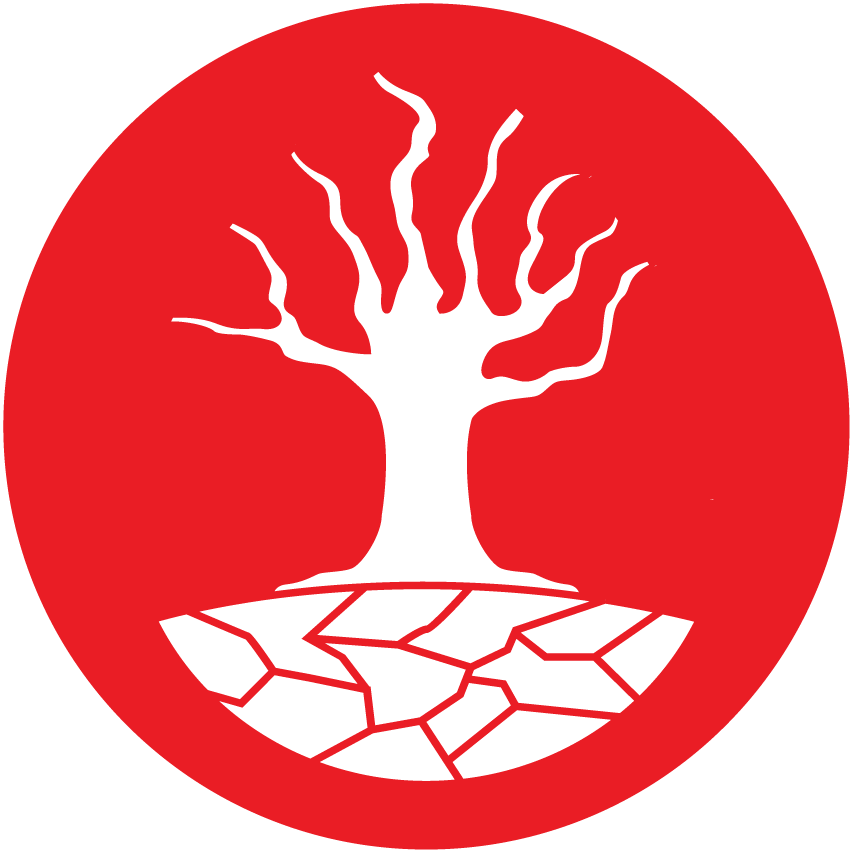

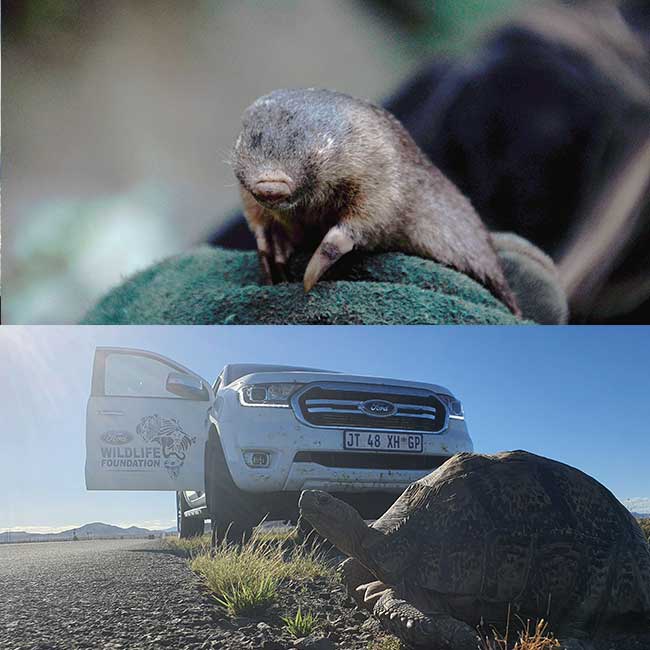
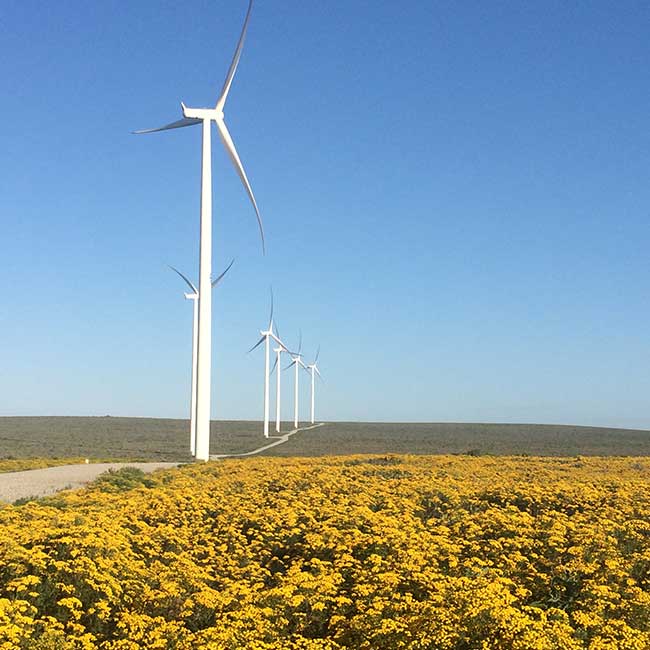
Unsustainable farming
Agricultural activities threaten drylands but also present opportunities for sustainable livelihoods. The Karoo landscape is largely intact, its natural rangeland the foundation for its world-class small stock meat and wool products. However, it bears the scars of the learning curve agriculture has gone through to understand how best to manage this rugged but fragile ecosystem, with the loss of species and soil erosion evident across the landscape.
Mining
Mining is the largest contributor to the Northern Cape’s Gross Domestic Product (GDP) but is also the most environmentally destructive. Mining activities typically irreversibly transform landscapes and, in many cases, pose a serious health hazard, as is the case with uranium mining. Proposed mining activities such as hydraulic fracturing (fracking) greatly threaten underground water resources and the environment. Underground water is the primary water source for all Karoo towns and activities.
Renewable energy
Renewable energy developments also threaten drylands. However, like agriculture, they also present an opportunity to sustain livelihoods without destroying the natural resource base. Wind farm developments have an extensive footprint and negatively impact species such as birds and bats. But these can be mitigated, and much of the landscape remains intact and viable for conservation and agricultural activities.
Illegal wildlife trade
The Illegal harvesting of drylands species, particularly succulents and reptiles, is having a devastating impact on populations that are, in many cases, endemic and only occur in a small area. In some cases, it is possible that entire populations are being harvested, resulting in the extinction of these unique species.
Climate change
The negative impacts of climate change threaten the drylands, particularly where they are degraded. Every effort must be made to mitigate the impacts of climate change, such as improving rangeland management to promote soil and vegetation cover and species diversity to build rangeland resilience.
Our focal drylands species
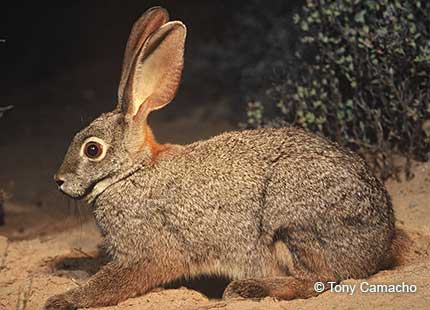
Riverine rabbit
The Critically Endangered Riverine Rabbit (Bunolagus monticularis) is one of Africa’s rarest mammals. Its range is limited to dense riparian vegetation, mostly on privately owned farmland in South Africa’s arid Karoo region. It is elusive, solitary, and extremely difficult to locate. We still don’t know much about the rabbit’s behavioural ecology, which makes it tricky to identify actions that will secure its survival. Currently, three known populations occur in three landscapes in the Karoo. The first was discovered in the Nama Karoo in 1901 and is referred to as the northern population. A second population, discovered in 2003 and referred to as the southern population, occurs around the Robertson, Montagu, and Touwsriver areas. The extent of the distribution in this area is still being mapped, and new locations are still being recorded. One of the biggest threats to these rabbits’ survival is habitat loss. Read more here.
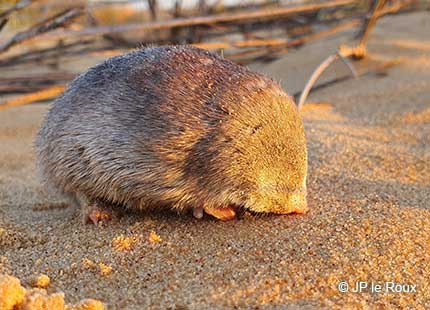
Golden mole
Golden moles are easily confused with mole rats. However, Golden moles aren’t all golden. Named for the iridescent sheen of their fur that comes from an oil secreted from their skin, golden moles can also appear bronze, green, or even purple. Golden moles move by “swimming” through the sand using their wide claws as paddles. Because the sand collapses behind them, they don’t leave tunnels as true moles do, which is why they are harder to find. Although De Winton’s Golden Mole (Cryptochloris winton) is technically categorised as Critically Endangered by the IUCN Red List of Threatened Species, it has not been seen since 1936 and is among Re:Wild’s 25 most wanted lost species. However, it remains to be seen whether this is due to extinction from threats such as mining and habitat destruction or simply the difficulty of confirming its presence. The biggest threat to the species’ survival is habitat loss caused by development such as mining and residential expansion.

Karoo tortoise
South Africa has 13 tortoise species, more than any other country. The Karoo Dwarf Tortoise (Chersobius boulengeri) and Speckled Dwarf Tortoise (Chersobius signatus) are two of the most threatened species in South Africa. And they both occur in the Karoo. Both species only grow to an average length of 7 cm and use rock crevasses for shelter. Threats to the species include habitat transformation (degradation and overgrazing), uncontrolled wildfire, frequent droughts, predation by birds (such as crows and ravens), electric fences, vehicles hitting them while they cross roads, and people collecting them to keep as pets.
How we are conserving drylands
The EWT is working with landowners to champion the conservation of this spectacular landscape. We collaborate with all stakeholders to promote alternative economies and sustainable agriculture over unsustainable developments such as hydraulic fracturing and uranium mining.
We focus on enhancing habitat protection and improvement and driving innovative research to better understand the unique species in the Karoo. We collaborate with the communities to undertake activities that achieve specific conservation goals in each landscape.
Our pragmatic approach is innovative, science-based, and promotes knowledge-sharing for a more sustainable approach to managing drylands that benefits ecosystems, habitats, species, and human communities.



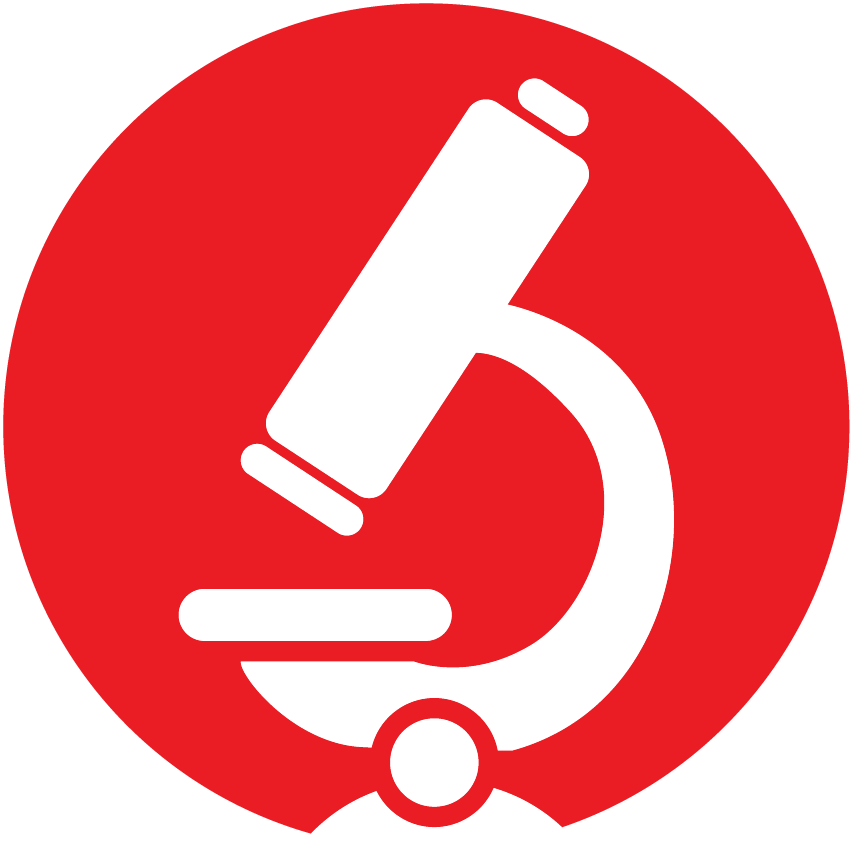





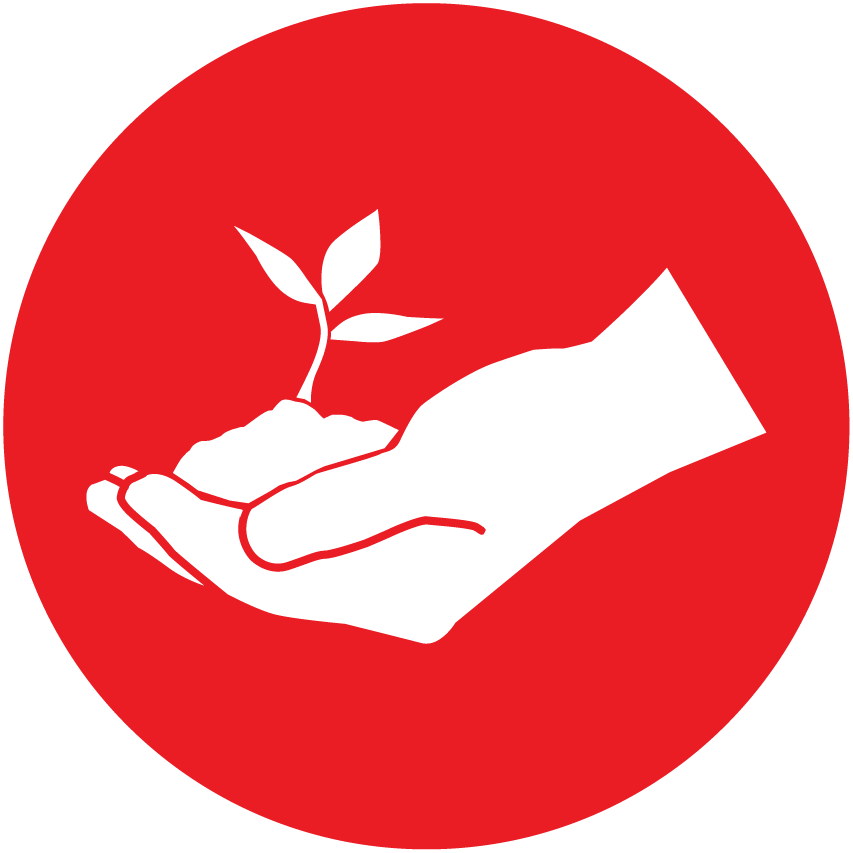

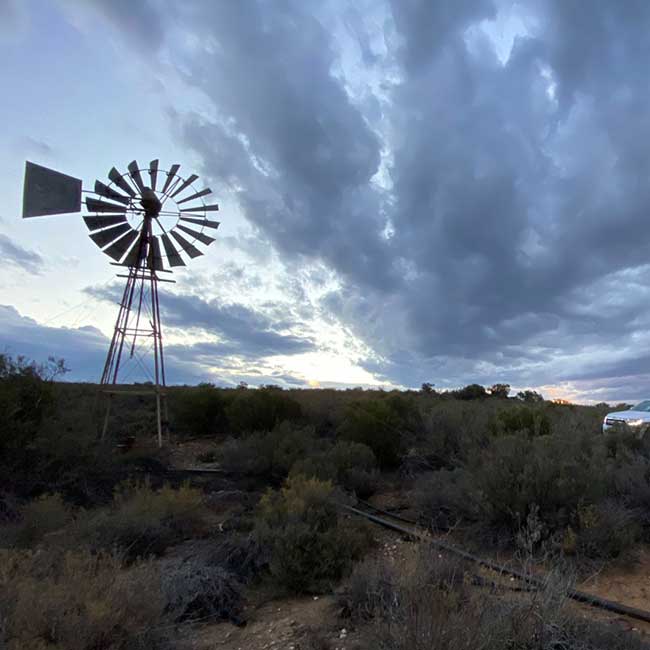
Supporting sustainable land management
Responsible natural resource management preserves the integrity of ecosystems and their ecosystem services for current and future generations. Implementing sustainable land management in the drylands can improve agricultural and ecological production and indefinitely sustain livelihoods in these arid ecosystems.
Farmers are the custodians of the rich biodiversity on South Africa’s farmlands. Healthy rangelands are essential to the health and functioning of ecosystems across landscapes. The EWT’s Drylands Conservation Programme partnered with the United Nations Development Programme and the Department of Forestry, Fisheries and Environment to promote sustainable land management (SLM) in the Karoo through the Karoo Forever project. The Karoo Forever website is a useful knowledge-sharing platform with downloadable resources focused on sustainable land management. The resources are complemented by webinars and a range of best practice guidelines. We collaborated with several industry role-players to develop a comprehensive five-day Integrated Farm Planning and Management Training Course. Several courses were held, and the course is available online on the karooforever.co.za website. The Karoo Forever project was funded by the Global Environment Facility.
We continue to work with stakeholders across the drylands to implement and promote sustainable land use so that the drylands will support the livelihoods of future generations while remaining resilient and ecologically productive.
Conserving unique drylands habitat
We implement the voluntary National Biodiversity Stewardship Programme and other contractual tools such as conservation servitudes to legally secure private land and conserve dryland habitats and species. This approach facilitates conservation through better management of land critical to dryland species. Once properties are declared as Nature Reserves or Protected Environments, these properties contribute toward the South African Protected Area Expansion Strategy (PAES) targets. In the past three years, we have initiated the process that will lead to the formal protection of more than 15,500 ha of unique drylands habitat. We work with landowners to develop and implement management plans and annual plans of operation (APO). We also provide ongoing extension services to ensure the plans are actioned and monitored to achieve measurable conservation impacts. Because the process is governed by legislation, it is one of the best ways of securing habitat and species under the guardianship of landowners for the long-term, in many cases, into perpetuity.

Revolutionising research in the drylands
We are driving the evolution of species research by exploring innovative techniques for applied conservation and research. The application of novel technology to conservation problems holds the key to answering questions we have struggled to answer for some of the most elusive species, such as Riverine Rabbits and golden moles.
Camera traps
The EWT performed the first trials to detect Riverine Rabbits using camera traps in 2012. Since then, we have used them in three landscapes, including where the new population of rabbits was found west of the Baviaanskloof, near Uniondale. Camera trap surveys replaced the traditional and far less effective foot surveys used before 2012. We have used camera trap surveys extensively to detect rabbits and map their distribution across the Karoo. Camera traps also provide valuable information on what other species share the Riverine Rabbit habitat and the activity patterns of all these species. Please read this article for more on our camera trapping work in the Karoo. We also developed guidelines for camera trapping Riverine Rabbits. This document aims to assist environmental practitioners and consultants required to do environmental assessments for proposed developments.
Genetics research
We are collaborating with the University of Pretoria (UP) to explore using environmental DNA (eDNA) and DNA extracted from scat samples in Southern Africa to gather genetic data on various elusive terrestrial mammals. Dr Samantha Mynhardt, an EWT Research Associate, is leading the applied research under Prof. Conrad Matthee (Stellenbosch University) and alongside a collaborative eDNA barcoding project funded by the Foundational Biodiversity Information Programme (FBIP).
Scat analysis
Identifying Riverine Rabbit scat samples is another non-invasive method to confirm the species’ presence. Our collaboration with the University of Pretoria and Stellenbosch University allows us to extract genetic material from scat samples. Not only will this confirm species presence, but it also provides the opportunity to extract DNA samples for population genetic analysis. Doing so will help us understand particular populations’ genetic viability and the connectivity between populations, providing better information to guide management decisions. We developed an identification card that illustrates the difference between Riverine Rabbit scat and other lagomorphs where the species occurrence overlaps to help ensure the correct scat is collected.
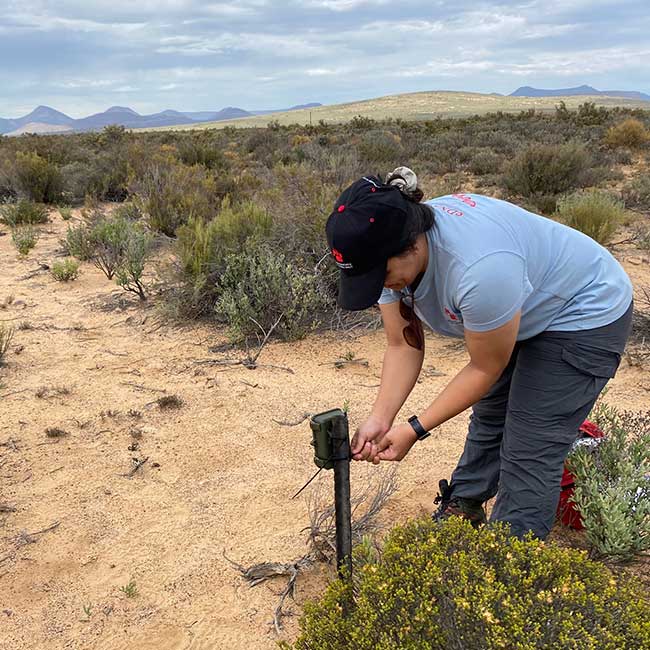
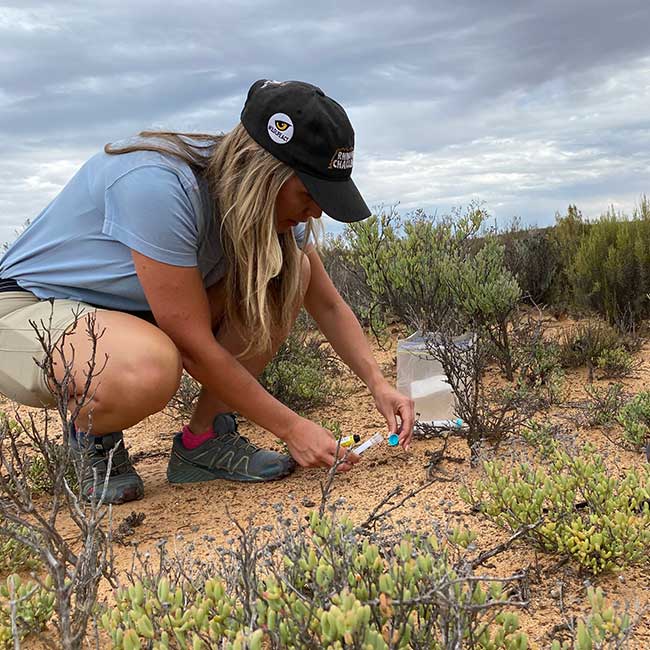
Environmental dna
Environmental DNA (eDNA) refers to trace amounts of DNA that organisms shed or leave behind wherever they go in the form of skin cells, hair, blood, or scat. Surveying for eDNA entails collecting several small soil samples (less than a teaspoon full) at each site. The soil samples are then stored in collection tubes, dry and frozen until they reach the lab for immediate DNA extraction and downstream barcoding.
We are working with Pretoria University to refine the methodology to extract and analyse the eDNA collected in soil samples. This methodology is particularly relevant to our work with Riverine Rabbits and golden moles but will be equally suited to detecting other elusive species in the future.
Currently, very little Riverine Rabbit genetic material is lodged with institutions in South Africa, making it difficult to describe the species’ genetic health and relatedness between populations. Information on genetic health and the relatedness between the three known populations will help guide where we focus conservation interventions to ensure viable populations are conserved.
Golden moles are some of South Africa’s most threatened mammals, and two species, the Endangered Van Zyl’s Golden Mole (Cryptochloris zyli) and the Critically Endangered De Winton’s Golden Mole (Cryptochloris wintoni), occur in the coastal dunes along the West Coast of South Africa. Because they are so difficult to find, we are collaborating with Pretoria University to use eDNA to detect golden mole DNA in sand samples and identify the species present.
Our project aims to rediscover long-lost species, identify their distribution, and ultimately protect suitable habitats for them. The dune and coastal ecosystems inhabited by both species along the West Coast are under immense pressure from mining, residential development, and agriculture. We hope to highlight the plight of these extraordinary creatures and are working with stakeholders across South Africa to develop a multi-species action plan for golden moles.
Detecting the eDNA of various species will not only help us to map distribution but could also help us determine the viability of populations by examining the genetic health of populations.

Detection dogs
The DCP is one of only two EWT programmes that use scent detection dogs to assist conservation projects. We use dogs to sniff out Endangered and elusive species for research and conservation purposes. Our detection dogs are trained using operant conditioning training techniques, where they are rewarded for finding and indicating at the target scent. In the drylands, the dogs help us to find the species that are hard to find using traditional visual surveys, including animals that live underground. Once scat samples have been positively identified, there is an opportunity to use these to train a scent detection dog to find Riverine Rabbit scat, making the collection of scat more accurate and efficient. The dogs will provide a more rapid method of recording species presence compared to camera trap and eDNA work that requires collection and analysis.
Drone research
We use remotely piloted aircraft systems (RPAS) technology, also known as drones, to assist in research and monitoring projects. We mostly use the drone, in combination with a multi-spectral camera, to conduct aerial vegetation surveys. The camera records the images as it flies over the area, and software is used to stitch the images together into one image of the study area. We then use the information to create baselines for the study area, looking specifically at vegetation cover. Once we have a baseline, we can compare the changes in vegetation over time as part of a long-term monitoring project. In practice, we can use this information to monitor improvement in veld condition for sustainable land management projects. Additionally, we can use it to monitor erosion or the efficacy of new erosion control structures.
Karoo Horisons
One of the EWT’s strategic imperatives focuses on benefitting people. As such, we strive to do projects that consider the needs of communities within and around our project areas and integrate these with conservation objectives.
We support and empower communities based in our project areas to improve and maximise the sustainability of their landscapes and enhance their livelihoods. We do this by providing Sustainable Land Management (SLM) training and mentorship initiatives – ensuring that they benefit and the ecosystems and wildlife sharing these landscapes with them are protected through the responsible use of the available natural resources.

Stories of success for drylands
Digging for golden moles
Similar to the original way of looking for gold by sifting through sand, golden moles are tricky to find and often, doing so is in part due to luck. But it’s even more rewarding for conservationists. The EWT’s Drylands team decided they would try their luck finding the Critically Endangered De Winton’s Golden Mole and its Endangered cousin, Van Zyl’s Golden Mole. However, they did so with some tricks up their sleeves, hoping to shed some light on the mystery of the moles that haven’t been seen in decades, using unique methods never tested for detecting golden moles before.
In September 2020, we conducted our first expedition to the West Coast to search for tell-tale signs left in the dune sands by these small mammals. Dr Samantha Mynhardt from the University of Pretoria, and EWT Research Associate, was the first scientist to use eDNA sampling to identify golden moles globally. Her groundbreaking research in terrestrial eDNA allowed us to successfully isolate golden mole DNA from sand samples collected on this trip. The samples collected were from Grant’s Golden Mole (Eremitalpa granti), providing proof of concept and demonstrating that using eDNA is a viable technique to identify golden mole species. Now that we have demonstrated the technique’s effectiveness, we will collect more samples along this coast to track down the more threatened golden mole species that historically occurred here. Results also indicated the presence of the Endangered Van Zyl’s Golden Mole. The information will contribute to refining species distributions and identifying conservation opportunities.

Defending our drylands
Nieuwoudtville, a small Northern Cape town, is situated on the Bokkeveld Plateau. This region is world-famous as “the bulb capital of the world” because it has the world’s highest diversity of indigenous bulbous plants. Due to the convergence of the Fynbos, Succulent, and Nama Karoo biomes, the area is extraordinarily rich in biodiversity. In some areas, the density of bulbs reaches more than 20,000 plants per square meter, more than anywhere else on Earth. More than 1,350 species of flowering bulbs, 80 of which are endemic, occur in this region. Papkuilsfontein, a farm near Nieuwoudtville, falls within this biodiversity hotspot and is famous for its spring flowers. Several threatened bulb species and animals, such as the Endangered Speckled Dwarf Tortoise and Ludwig’s Bustard, also occur here. Given the farm’s exceptional biodiversity value, the EWT and provincial conservation authorities are working with the landowner to declare the farm a Protected Environment. Read more here.
The spectacular Anysberg Nature Reserve in the Western Cape, and the surrounding properties, are an uncharted treasure of natural history. We conducted several biodiversity surveys on properties in the area with experts from CapeNature, consultants, and volunteers. These surveys exceeded our expectations regarding the incredible biodiversity present, including several new plant species (subject to verification by botanical experts). Highly elusive species such as the Riverine Rabbit, Leopard, Honey Badger, and Brown Hyaena flourish in this landscape and were captured by our camera traps during surveys. We are working closely with landowners and CapeNature to declare several properties bordering the Anysberg Nature Reserve. Together, these properties will boost the size of the proposed Greater Anysberg Conservation Initiative to almost 20,000 ha – providing a haven for the region’s wildlife.
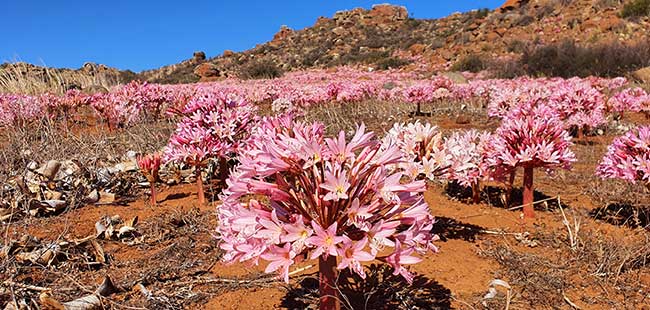
Developing capacity
Empowering the people who call the Drylands their home is an important aspect of our work. We established an e-learning centre in Loxton in the Northern Cape, with support from the Rand Merchant Bank and the GEF5 Karoo Forever project. The centre provides access to computers and the internet for the Loxton community. It also facilitates the annual training of Grade 7 students in Loxton in basic computer skills. In 2022, four students completed their AgriSETA NQF 5 diplomas in Animal Production through the International Agricultural Academy of Africa’s (i3A) online platform. The EWT and i3A supported two additional students based in Nieuwoudtville to obtain their NQF Diplomas in Animal Production. All six students graduated in July 2022. They are part of families dependent on agriculture or work in the Karoo’s rural agricultural communities and now provide conduits for transferring agricultural technologies into emerging farming communities.

The secrets of a new Riverine Rabbit population
The EWT’s Drylands Conservation Programme focussed its camera trapping activities on detecting and mapping the distribution of a southern population of Riverine Rabbits. We understand how the Northern population (primarily in the Nama Karoo) uses the landscape and where it occurs. However, we needed to focus on unravelling the mysteries of the southern population, occurring primarily in the Succulent Karoo. Surveys around the Anysberg Nature Reserve continue to consolidate this formally protected area for rabbits in the southern population. In addition, we expanded our camera trapping to include the area near Uniondale, west of the Baviaanskloof, where a new population was discovered in 2018. We confirmed this new Baviaanskloof population using camera trap surveys in 2019 and 2020 and now have a greater understanding of the species and their habitat use in the Succulent Karoo. Future actions include exploring options with landowners to formally protect both these populations. Work in the southern population is ongoing as we investigate using predictive modelling to identify and survey possible rabbit habitats.
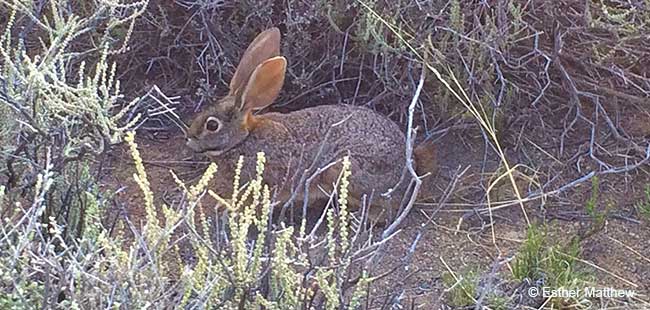
Promoting Sustainable Land Management and ecotourism, and creating jobs
The EWT’s Drylands Conservation Programme works with local communities to conserve the exceptional biodiversity and habitats of the drylands. One aspect of our work involves helping communities and landowners to explore alternative income streams. Diversifying income takes the pressure off the natural resource base in terms of agricultural production. This approach seeks to develop novel ways to support landowners to farm more sustainably and help build financial and ecosystem resilience. Activities such as ecotourism attract visitors, create job opportunities, and bring much-needed income to the region. In November 2020, we officially launched more than 100 km of mountain bike and trail running routes on Papkuilsfontein, near Nieuwoudtville. Establishing these trails helps diversify farming income through adventure tourism and balances nature-based income generation and farming activities.
In addition, this project supported two community members to train as nature guides. Their new skill set enables them to guide visitors on hiking and mountain biking trails on Papkuilsfontein’s and other properties in the area. Visit our Destinations page for more information and opportunities to explore South Africa’s drylands.
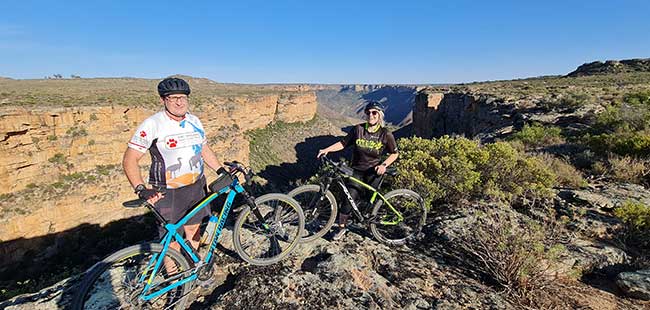
What you can do to conserve drylands
- Report sightings of Riverine Rabbits and golden moles by sending an email on the link below. To help you identify these species, download our golden moles poster and rabbits vs hares identification card.
- Practice sustainable land management. Checkout our Karoo Forever site to find out how
- Be vigilant and report any illegal activities. The illegal collection of plants and animals is having a devastating impact on populations.
We’ve partnered with Bushwise Field Guides to bring opportunities to the rural community of Touws River

